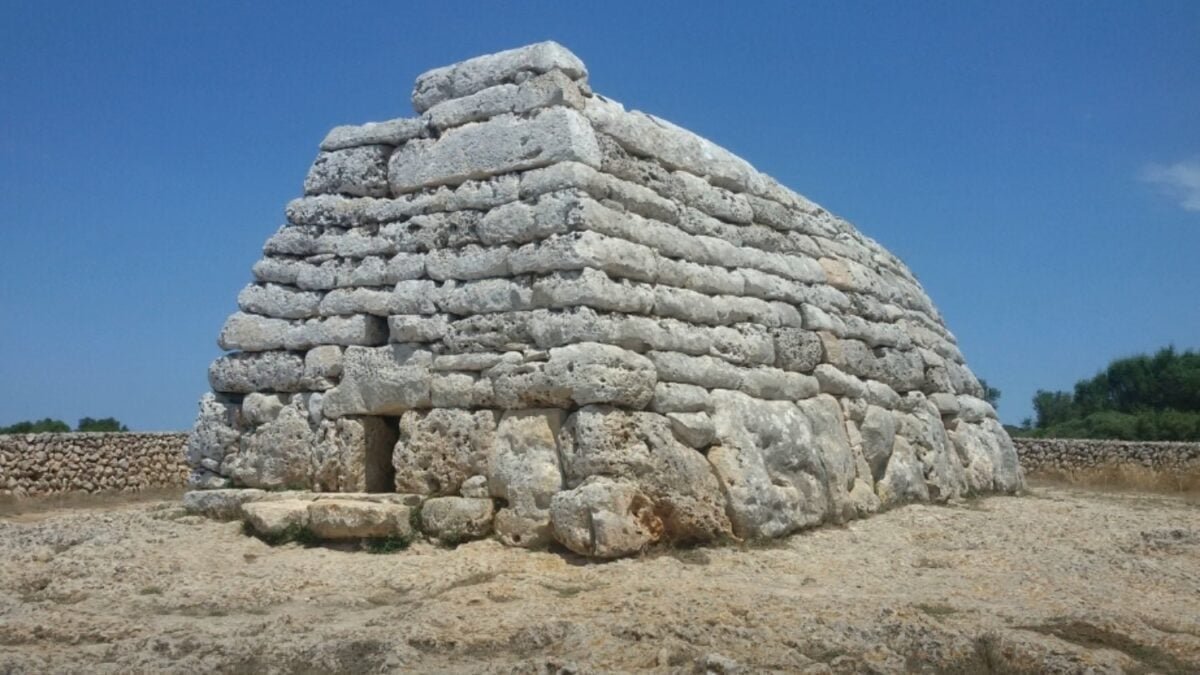An in-depth analysis of the enduring resilience of a 3,000-year-old ancient tomb

In the heart of Menorca stands the Naveta des Tudons, a megalithic monument that has made the island a global reference for archaeology. Built around 1400 BC, this collective tomb was used until around 750 BC and, according to experts, it is the oldest complete building in Europe that has survived to this day.
From dolmens to navetas
Excavations carried out in the 1950s revealed remains of at least a hundred individuals, accompanied by funerary objects: bone buttons, bronze bracelets, metal weapons, and ceramic pieces. All of this evidence points to a society that not only practiced complex funerary rituals but also mastered advanced construction techniques.
Before the appearance of navetas, the inhabitants of Menorca buried their dead in dolmens, simpler structures covered by earth mounds. Between the 17th and 13th centuries BC, intermediate forms emerged, such as triple-faced tombs and circular proto-navetas, anticipating the evolution towards the more elaborate ones.
The Naveta des Tudons represents the culmination of that architectural evolution. Unlike previous tombs, it combines greater complexity in its chambers, a carefully designed layout, and a monumentality that has fueled legends about giants as its builders.
Cyclopean architecture and symbolism
The building measures 14.5 meters long, 6.5 meters wide, and over 4.5 meters high, although it is estimated that originally it reached six meters. Its shape resembles an inverted ship: the trapezoidal facade simulates the stern, while the rear part takes on a rounded apse.
It is built with blocks fitted together without mortar, in what is known as cyclopean technique. The entrance, small and narrow, was probably closed with slabs to protect the interior. Inside, two levels are distinguished: a lower chamber with a false vaulted ceiling and a smaller upper one, accessed from an antechamber.
Some holes in the slabs suggest the existence of a rudimentary ventilation system, demonstrating a surprising degree of sophistication for its time.





